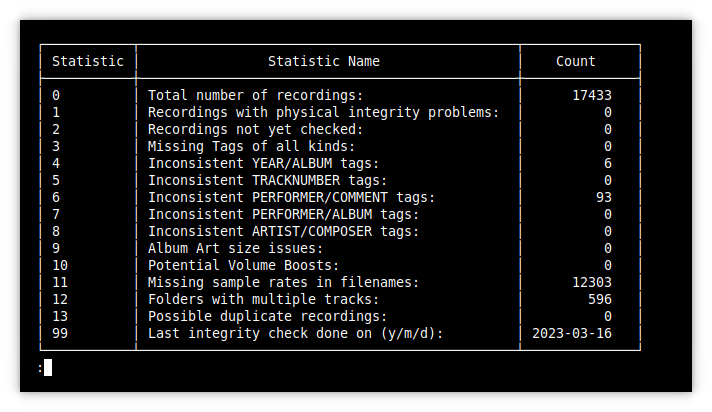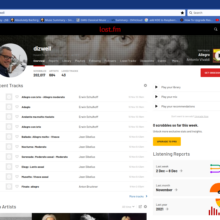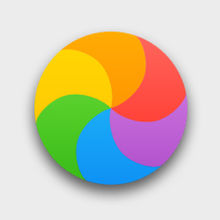Houston, we have a problem... Part 3...
Following on from my two earlier escapades in fixing up my music collection's tagging, it is time to turn my attention to my penultimate big issue:That 'Folders with multiple tracks' statistic (number 12 in the list) is something that is not officially a problem, but it annoys me nonetheless! It is counting the number of times a folder contains more than one FLAC. Now, if you rip a symphony off most classical music CDs, you probably expect to end up with four separate 'tracks', each track representing one movement of the symphony -so the presence of more than one FLAC in a folder might not seem to be surprising or particularly 'wrong'.
You would be entirely correct in thinking that, I hasten to add: there is absolutely nothing wrong in having parts of a composition represented by a separate 'track' and there is nothing in my Axioms of Classical Tagging article to say otherwise. In fact, it's entirely silent on the subject. [...]










